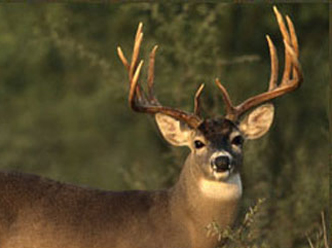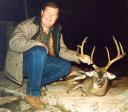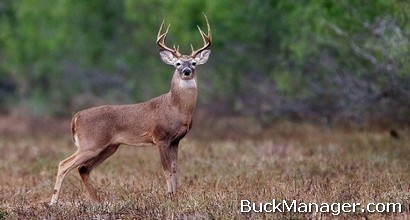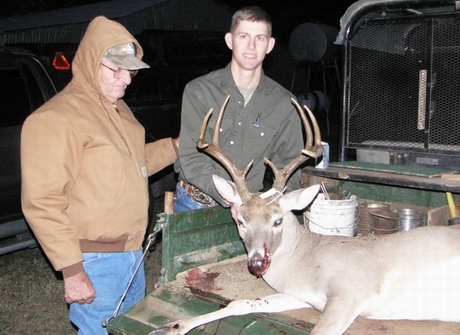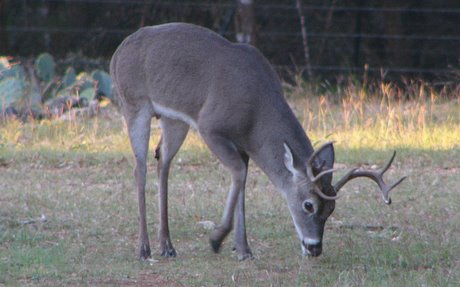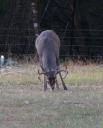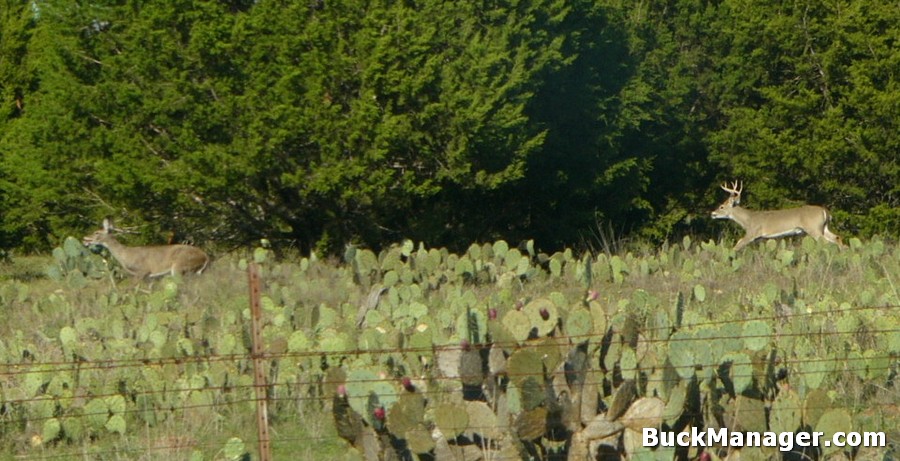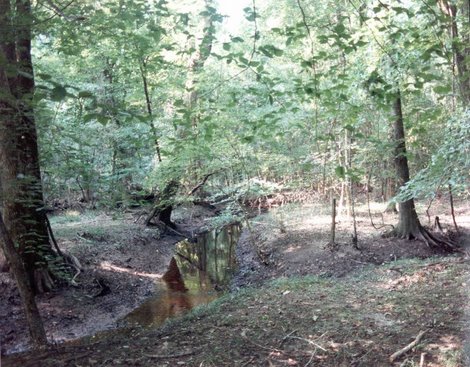
Creeks, streams, rivers, and all riparian areas are important habitat for white-tailed deer. Not only do these areas typically provide access to water and good bedding cover, but they also serve as great travel corridors and have the most fertile soils in most any area. Great bottomland or riparian soil is typically clay and silt-rich and full of nutrients and natural fertilizers.
So why do riparian soils (those found along drainages) serve as outstanding areas of food production areas for whitetail? Well, we know the soil is nutrient rich and this happens over time from flooding and drying and the decay of organic matter. But in addition to being rich in organic matter, riparian soils have a high water-holding capacity. In fact, any soil rich in clay and silt has this ability, but let’s not forget that bottomland soils are also adjacent a seasonal or permanent waterway.
Even without rainfall, many of the plants adjacent a creek or river can simply extract water from the soil below like any other plant, but there is a lot more water. Thus, the amount of forage produced in bottomland areas is often 3 to 5 times that on upland soils during the same year. This soil provides for an abundance of a very lush and diverse plant community. And remember, deer like diversity especially when it comes in the form of forbs and browse!
So what should you do with bottomland areas on your property? As important as they are for deer habitat and the health of the overall wildlife community, I recommend protecting them and revegetating them if necessary. Many bottomland floodplains are cleared and become prime farming and grazing land. If you are serious about deer management, encourage native vegetation to retake these areas, saving some portions for great food plot areas.
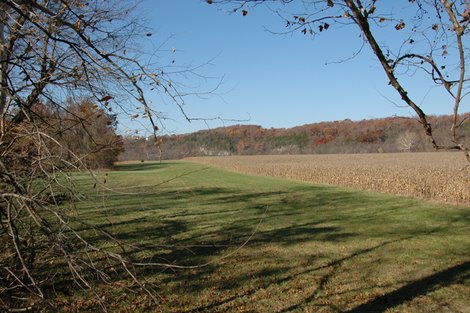
This ag field has a filter strip – but to benefit deer, it needs to be “let go” into native weeds, grass, and brushy plant species
In addition, permanently vegetated areas along creeks, streams, and wetlands reduce erosion and sedimentation, stabilize streambanks, improve plant diversity, and improve wildlife value of these sensitive areas. I also recommend establishing vegetative buffers or filter strips along water courses or runoff areas to trap valuable bottomland soil in the event of heavy rainfall and or channel flooding.
So here’s the bottom line: White-tailed deer and other wildlife love bottomland areas. Not only do these areas attract big bucks, but because of the quality and diversity of habitat, it attracts lots of does. And to a big mature buck, that’s a good thing!

